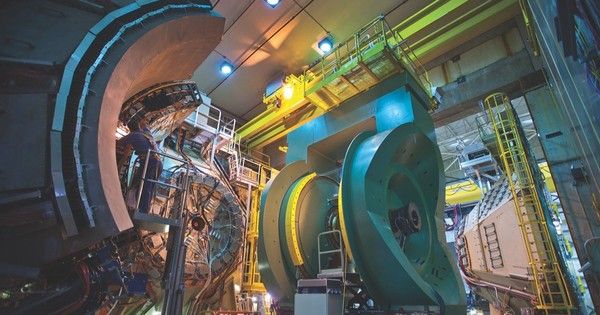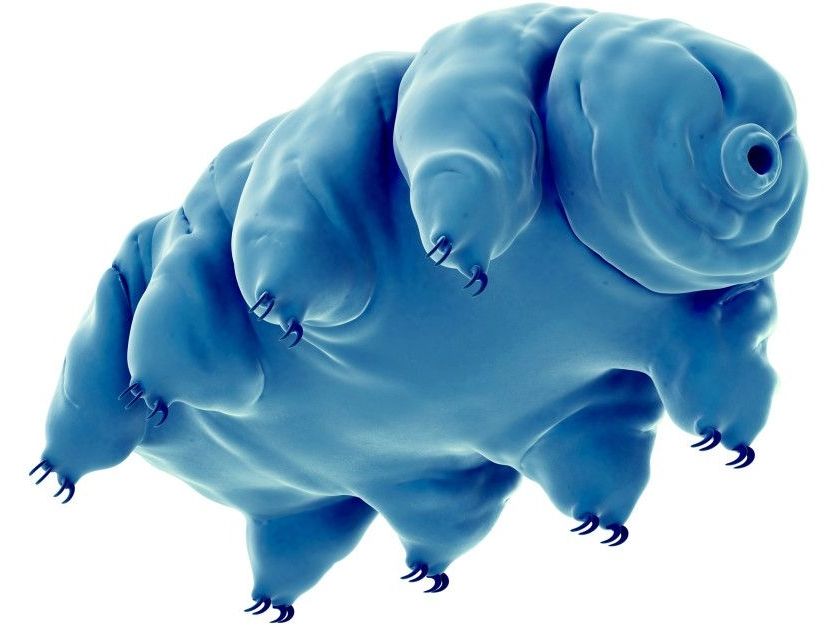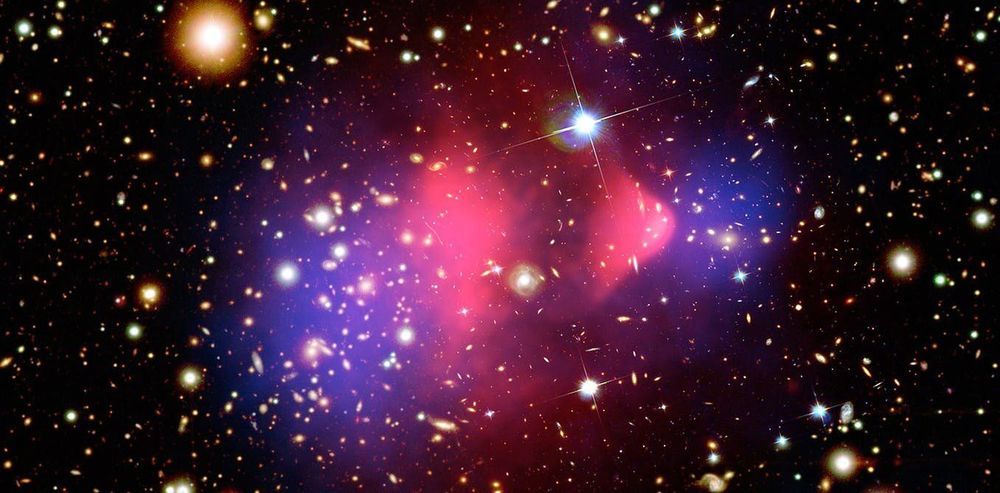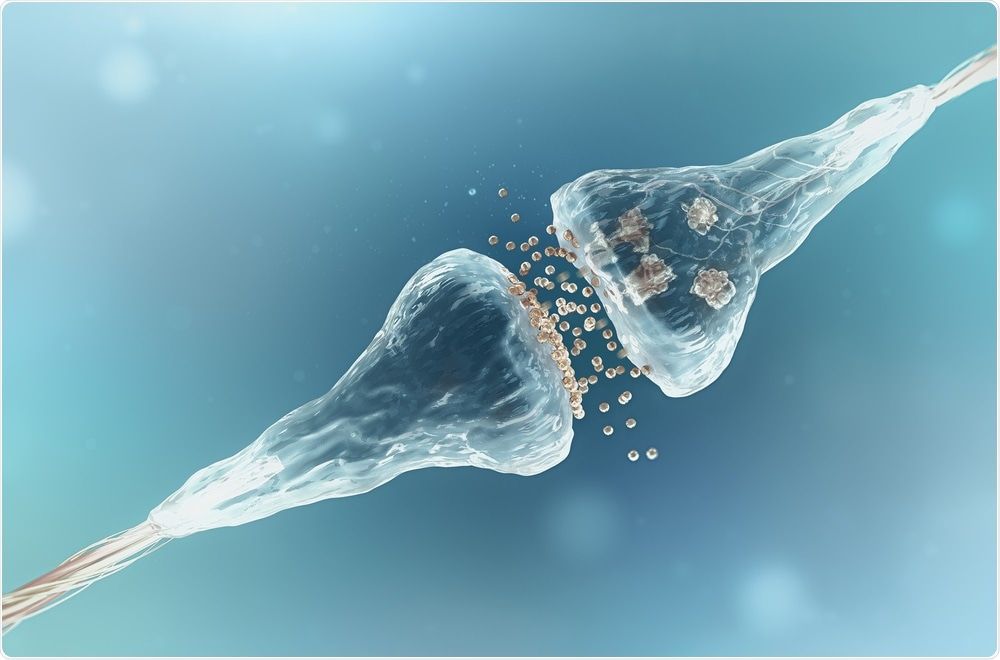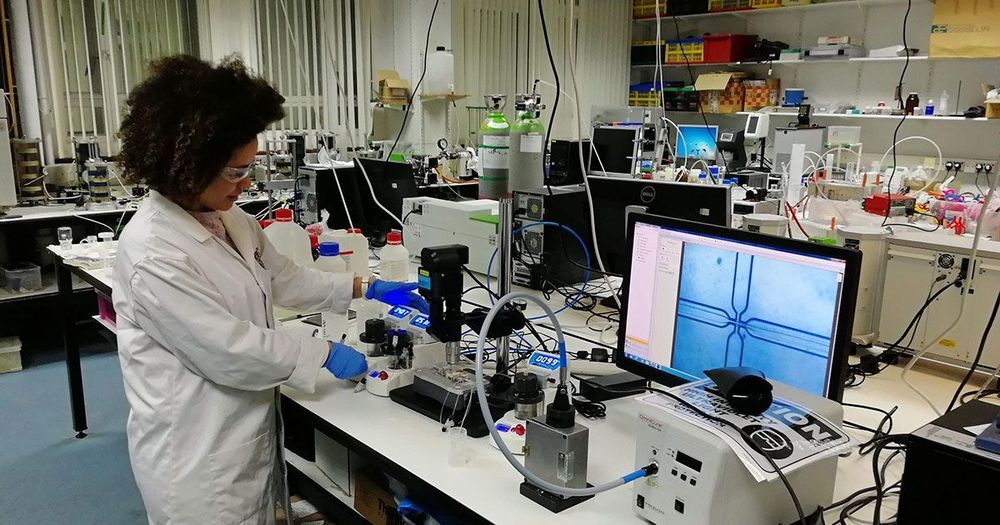Feb 1, 2019
New Madrid fault zone could spawn huge quakes in U.S. Midwest, South
Posted by Genevieve Klien in category: futurism
LOS ANGELES — The New Madrid fault zone in the nation’s midsection is active and could spawn future large earthquakes, scientists reported.
It’s “not dead yet,” said U.S. Geological Survey seismologist Susan Hough, who was part of the study published online Thursday by the journal Science.
Researchers have long debated just how much of a hazard New Madrid (MAD’-rihd) poses. The zone stretches 150 miles, crossing parts of Arkansas, Illinois, Indiana, Kentucky, Mississippi, Missouri and Tennessee.
Continue reading “New Madrid fault zone could spawn huge quakes in U.S. Midwest, South” »

